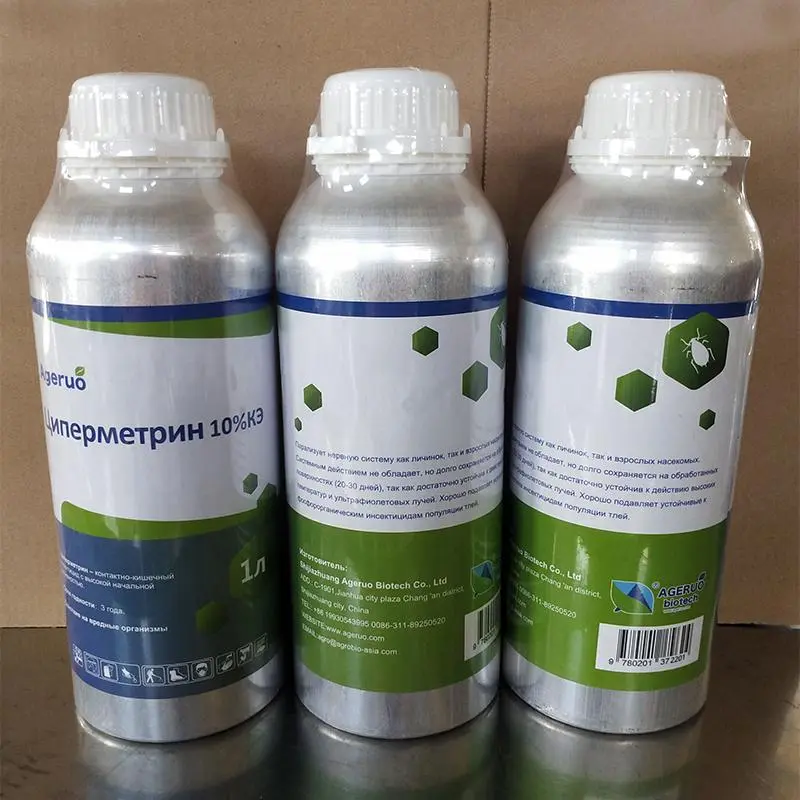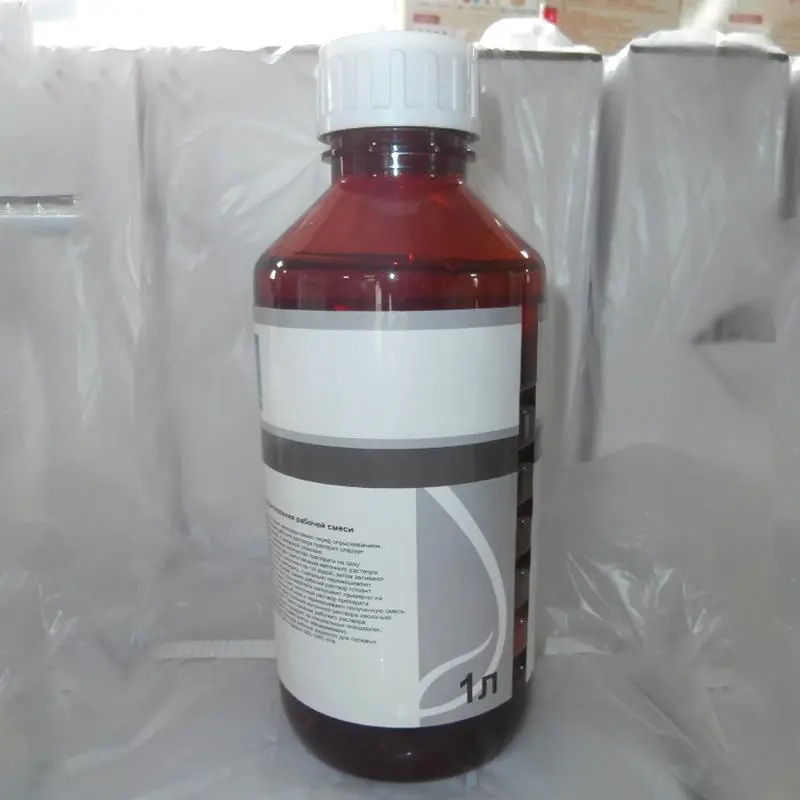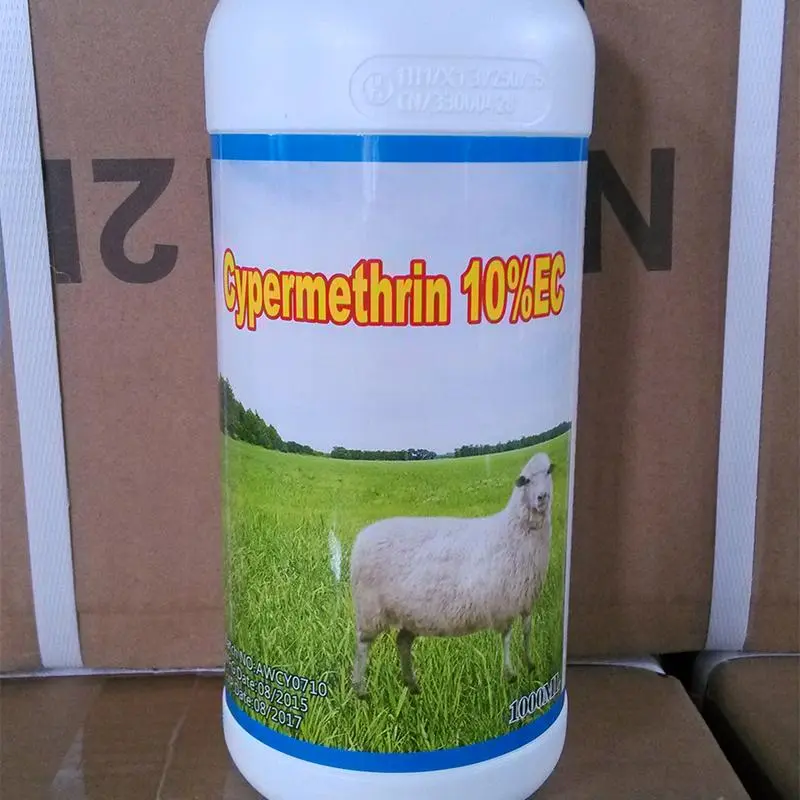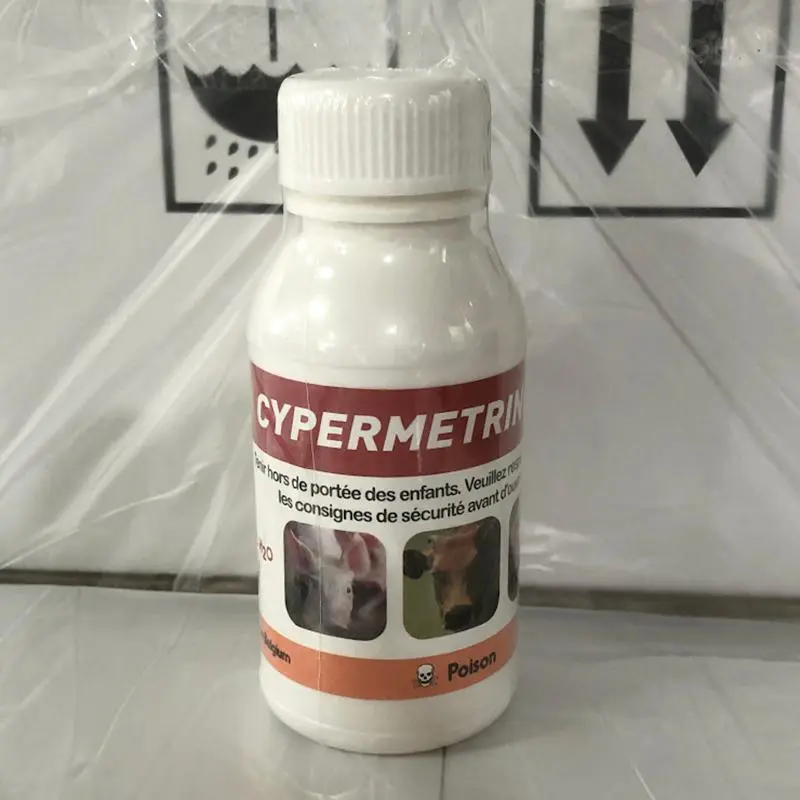What crop pests can Cypermethrin kill?
Cypermethrin is a highly effective pyrethroid insecticide used to control a wide range of pests in agricultural, commercial, and household settings. Known for its fast-acting and broad-spectrum properties, cypermethrin targets a variety of insects that can cause significant damage to crops, homes, and public health. In this article, we will explore the insects that cypermethrin kills and discuss its versatility in pest management.
What Is Cypermethrin?
Cypermethrin belongs to the pyrethroid class of insecticides, which are chemically similar to pyrethrins, naturally occurring insecticides derived from chrysanthemum flowers. Cypermethrin works by disrupting the insect’s nervous system, causing paralysis and ultimately leading to the pest’s death. Its contact and stomach action make it effective against a wide range of insect species.
Insects Cypermethrin Kills
Cypermethrin is effective against a broad spectrum of insect pests, making it a popular choice for use in agriculture, public health, and household pest control. Here’s a breakdown of the key insects that cypermethrin kills:
1. Agricultural Pests
Cypermethrin is widely used in agricultural settings to protect crops from a variety of destructive pests, including:
- Aphids: Commonly found on fruit trees, vegetables, and ornamental plants.
- Whiteflies: A serious pest of vegetables, tomatoes, and other crops.
- Caterpillars: Includes cutworms, armyworms, and leafworms that feed on the leaves of crops like corn, cotton, and vegetables.
- Beetles: Such as colorado potato beetle and flea beetles, which damage crops like potatoes, tomatoes, and other vegetables.
- Spider Mites: Small, but destructive pests that damage plant tissue, especially on citrus and berry crops.
- Leafhoppers: Insects that transmit plant diseases and damage crops like grapes and tomatoes.
- Weevils: Damaging pests to peanuts, cotton, and other crops.
2. Household and Structural Pests
Cypermethrin is also used in homes, gardens, and commercial settings to manage pests like:
- Ants: Including carpenter ants and fire ants, both of which can invade homes and gardens.
- Cockroaches: Effective against German cockroaches and American cockroaches.
- Fleas: Helps control flea infestations in homes, especially in pets.
- Ticks: A common vector for diseases like Lyme disease.
- Bedbugs: Cypermethrin can be used as part of a treatment plan for bedbug infestations.
- Termites: It can also be used as a preventative and curative treatment for termite colonies.
3. Public Health Pest Control
Cypermethrin is used by public health authorities to manage vectors of diseases, including:
- Mosquitoes: Effective against mosquitoes that transmit diseases such as malaria, dengue fever, and Zika virus.
- Flies: It is used to control houseflies and filth flies, which can be vectors of diseases in both public and residential spaces.
4. Other Insect Pests
Cypermethrin is also effective against various other garden pests like thrips, mealybugs, and scale insects that can damage ornamental plants and flowers.
How Cypermethrin Works Against Insects
Cypermethrin works by targeting the nervous system of insects. It acts on sodium channels in nerve cells, preventing the proper flow of sodium ions. This leads to nerve hyperactivity, causing paralysis and ultimately killing the insect. The insect becomes immobilized within minutes, and depending on the concentration and application method, it can remain effective for hours or even days.
Cypermethrin can be applied in various forms, including:
- Sprays: Ideal for direct contact with pests on plants, soil, or surfaces.
- Dusts: Used for treating surfaces like walls, floors, and garden beds.
- Granules: Effective for targeting soil pests or pests that move across the ground.
Is Cypermethrin Safe for Humans and Pets?
While cypermethrin is highly effective against insects, it can also pose some risk to humans and pets if not used properly. It is toxic if ingested, and skin contact should be avoided. Proper protective clothing and safety equipment should be worn during application. When using cypermethrin in the home or garden, it’s essential to follow the manufacturer’s instructions regarding safety precautions and application methods.
If accidental exposure occurs, wash the affected area immediately with soap and water. In case of severe exposure, medical attention should be sought.
Summary of Insects Cypermethrin Kills
| Pest Type | Common Insects Killed |
|---|---|
| Agricultural Pests | Aphids, whiteflies, caterpillars, beetles, spider mites, leafhoppers, weevils |
| Household Pests | Ants, cockroaches, fleas, ticks, bedbugs, termites |
| Public Health Pests | Mosquitoes, flies |
| Other Pests | Thrips, mealybugs, scale insects |
Conclusion
Cypermethrin is an incredibly effective insecticide that targets a wide range of insect pests in agriculture, public health, and household settings. From agricultural crops like corn and soybeans to mosquitoes in urban areas, cypermethrin provides fast-acting and reliable pest control. Understanding how cypermethrin works and which insects it targets can help you use it more effectively while ensuring safety for humans and pets. Whether you’re dealing with caterpillars, cockroaches, or bedbugs, cypermethrin is a valuable tool for comprehensive pest management.
When using cypermethrin, always follow the application instructions and safety guidelines to maximize its effectiveness while minimizing risks to non-target organisms.
Cypermethrin is a highly effective pyrethroid insecticide used to control a wide range of pests in agricultural, commercial, and household settings. Known for its fast-acting and broad-spectrum properties, cypermethrin targets a variety of insects that can cause significant damage to crops, homes, and public health. In this article, we will explore the insects that cypermethrin kills and discuss its versatility in pest management.
What Is Cypermethrin?
Cypermethrin belongs to the pyrethroid class of insecticides, which are chemically similar to pyrethrins, naturally occurring insecticides derived from chrysanthemum flowers. Cypermethrin works by disrupting the insect’s nervous system, causing paralysis and ultimately leading to the pest’s death. Its contact and stomach action make it effective against a wide range of insect species.
Insects Cypermethrin Kills
Cypermethrin is effective against a broad spectrum of insect pests, making it a popular choice for use in agriculture, public health, and household pest control. Here’s a breakdown of the key insects that cypermethrin kills:
1. Agricultural Pests
Cypermethrin is widely used in agricultural settings to protect crops from a variety of destructive pests, including:
- Aphids: Commonly found on fruit trees, vegetables, and ornamental plants.
- Whiteflies: A serious pest of vegetables, tomatoes, and other crops.
- Caterpillars: Includes cutworms, armyworms, and leafworms that feed on the leaves of crops like corn, cotton, and vegetables.
- Beetles: Such as colorado potato beetle and flea beetles, which damage crops like potatoes, tomatoes, and other vegetables.
- Spider Mites: Small, but destructive pests that damage plant tissue, especially on citrus and berry crops.
- Leafhoppers: Insects that transmit plant diseases and damage crops like grapes and tomatoes.
- Weevils: Damaging pests to peanuts, cotton, and other crops.
2. Household and Structural Pests
Cypermethrin is also used in homes, gardens, and commercial settings to manage pests like:
- Ants: Including carpenter ants and fire ants, both of which can invade homes and gardens.
- Cockroaches: Effective against German cockroaches and American cockroaches.
- Fleas: Helps control flea infestations in homes, especially in pets.
- Ticks: A common vector for diseases like Lyme disease.
- Bedbugs: Cypermethrin can be used as part of a treatment plan for bedbug infestations.
- Termites: It can also be used as a preventative and curative treatment for termite colonies.
3. Public Health Pest Control
Cypermethrin is used by public health authorities to manage vectors of diseases, including:
- Mosquitoes: Effective against mosquitoes that transmit diseases such as malaria, dengue fever, and Zika virus.
- Flies: It is used to control houseflies and filth flies, which can be vectors of diseases in both public and residential spaces.
4. Other Insect Pests
Cypermethrin is also effective against various other garden pests like thrips, mealybugs, and scale insects that can damage ornamental plants and flowers.
How Cypermethrin Works Against Insects
Cypermethrin works by targeting the nervous system of insects. It acts on sodium channels in nerve cells, preventing the proper flow of sodium ions. This leads to nerve hyperactivity, causing paralysis and ultimately killing the insect. The insect becomes immobilized within minutes, and depending on the concentration and application method, it can remain effective for hours or even days.
Cypermethrin can be applied in various forms, including:
- Sprays: Ideal for direct contact with pests on plants, soil, or surfaces.
- Dusts: Used for treating surfaces like walls, floors, and garden beds.
- Granules: Effective for targeting soil pests or pests that move across the ground.
Is Cypermethrin Safe for Humans and Pets?
While cypermethrin is highly effective against insects, it can also pose some risk to humans and pets if not used properly. It is toxic if ingested, and skin contact should be avoided. Proper protective clothing and safety equipment should be worn during application. When using cypermethrin in the home or garden, it’s essential to follow the manufacturer’s instructions regarding safety precautions and application methods.
If accidental exposure occurs, wash the affected area immediately with soap and water. In case of severe exposure, medical attention should be sought.
Summary of Insects Cypermethrin Kills
| Pest Type | Common Insects Killed |
|---|---|
| Agricultural Pests | Aphids, whiteflies, caterpillars, beetles, spider mites, leafhoppers, weevils |
| Household Pests | Ants, cockroaches, fleas, ticks, bedbugs, termites |
| Public Health Pests | Mosquitoes, flies |
| Other Pests | Thrips, mealybugs, scale insects |
Conclusion
Cypermethrin is an incredibly effective insecticide that targets a wide range of insect pests in agriculture, public health, and household settings. From agricultural crops like corn and soybeans to mosquitoes in urban areas, cypermethrin provides fast-acting and reliable pest control. Understanding how cypermethrin works and which insects it targets can help you use it more effectively while ensuring safety for humans and pets. Whether you’re dealing with caterpillars, cockroaches, or bedbugs, cypermethrin is a valuable tool for comprehensive pest management.
When using cypermethrin, always follow the application instructions and safety guidelines to maximize its effectiveness while minimizing risks to non-target organisms.

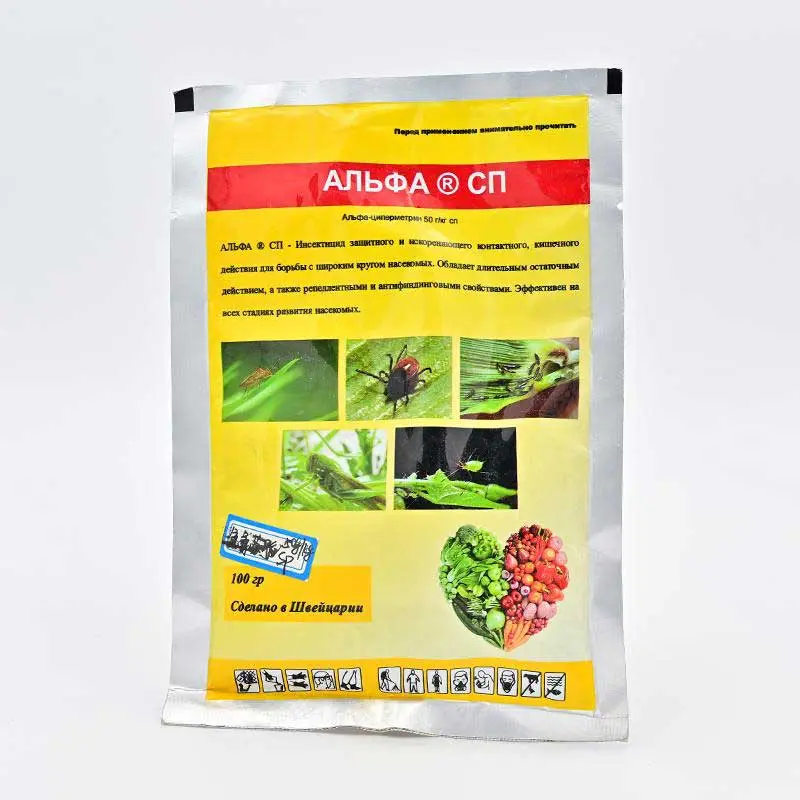
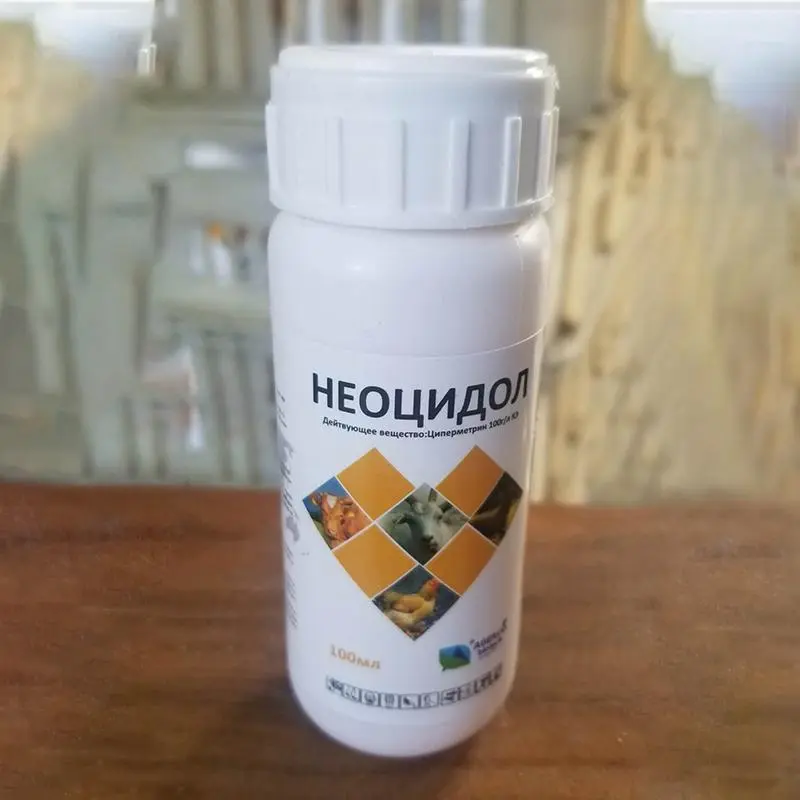
.webp)

